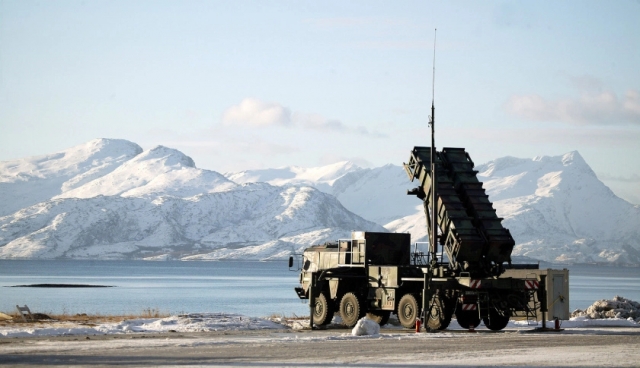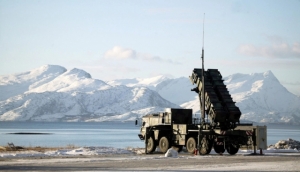US to Activate European Missile Shield
WASHINGTON D.C. – The United States will activate its European missile defense shield beginning Thursday despite vehement protests from Russia, who see the system as a direct threat to Moscow’s security in Europe.
The project has been a decade in the making as Washington looked to develop a ballistic missile defense shield for its NATO allies in Europe. The system was originally intended for possible Iranian-made medium-range rockets, but Moscow saw the development of the system as a direct threat to the credibility of its nuclear deterrence.
“This system now gives us the capability to protect our NATO allies in Europe,” US Deputy Secretary of Defense Robert Work was quoted by Reuters as saying on May 11. He added that the system, installed at an air base located in Romania, is not directed toward Russia.
The Kremlin, however, has reacted with repeated threats to counter a US-led defense system with the deployment of Iskander medium-range tactical nuclear warheads in Russia’s exclave Kaliningrad region and in Crimea, which Moscow invaded and illegally annexed from Ukraine in March 2014.
The issue of missile defense has been one of the most toxic bones of contention in U.S.-Russia bilateral relations since the collapse of the Soviet Union. Washington has sought to assuage Russian fears over the years that the shield is not directed at or capable of intercepting Moscow’s missile systems.
Military analysts both in Russia and abroad believe Russian President Vladimir Putin’s strident opposition to the system is based on the Kremlin’s inability to reach a level of parity with NATO’s conventional ground forces, which continue to maintain a vastly superior edge in quality, supply and training over their Russian counterparts.
Russia’s Defense Ministry in keenly aware that despite spending hundreds of millions of dollars on a massive military modernization overhaul after a brief war with Georgia in 2008, Moscow’s nuclear deterrent remains the country’s only reliable trump card.
The Romanian missile-defense site will form the heart of a larger network of US warships that are armed with radar and missile interceptor systems. The ships will jointly patrol the Black, Mediterranean and Baltic seas on a rotational basis with other naval ships belonging to fellow NATO members.
A second missile defense installation located in Poland is expected to go online by early 2018
NATO Secretary-General Jens Stoltenberg will arrive in Romania to attend the system’s launch on Thursday.
By Nicholas Waller












